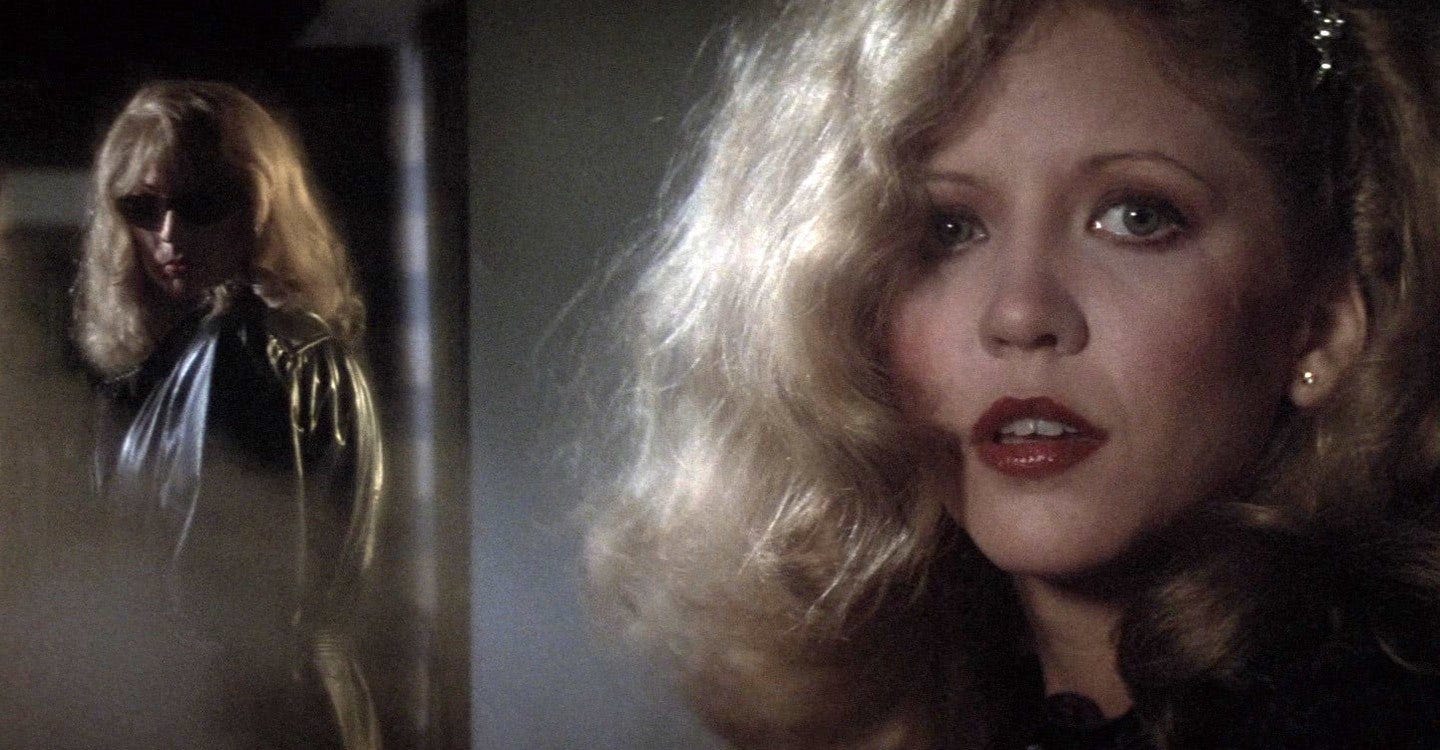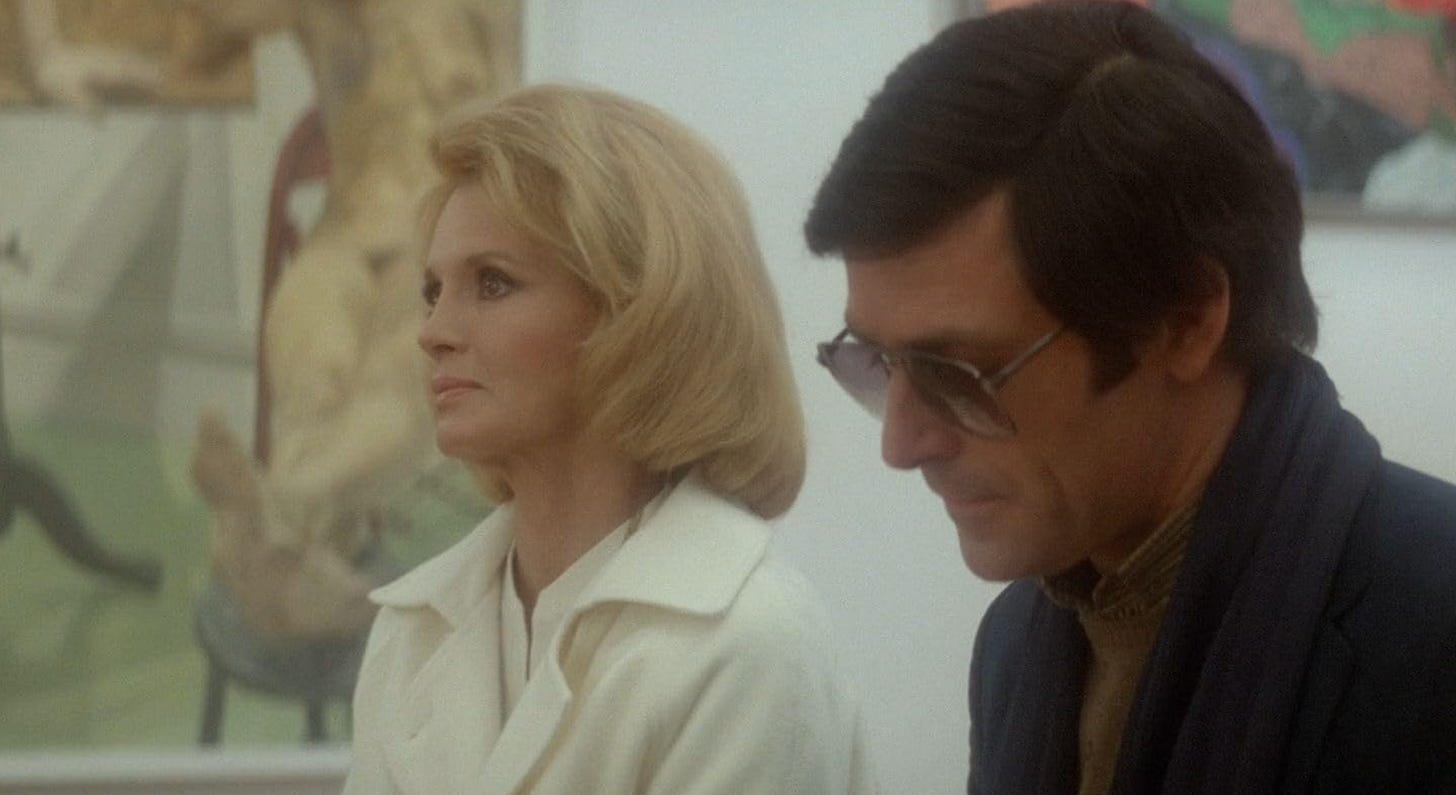Better late than never! After watching Killers of the Flower Moon (2023) and Oppenheimer (2023) in one day, I have finally recovered my ability to concentrate and am here with a recap of the non-2024-Oscar-nominated movies I watched in February.
Let’s get into it:
The Pianist (2002, dir. Roman Polanski) — I had the pleasure of seeing this biographical Holocaust epic, based on the experience of Polish-Jewish pianist Władysław Szpilman, during its repertory stint at Film Forum toward the start of February. Masterfully directed by Roman Polanski (who I am obviously not endorsing as a human; this is a Sharon Tate stan account) with a stunning performance by Adrien Brody, the film opens with Szpilman (played by Brody) performing live on the radio in Warsaw as the station gets bombed, signaling the start of Germany’s invasion of Poland. The remaining two and a half hours trace his journey through and beyond the Warsaw ghettos, with and without his family, under constant threat of extermination.
An intimate, haunting portrait, The Pianist, from my perspective, is best understood in the context of its director’s upbringing. Infamously born in France, Polanski immigrated to Kraków with his family in 1937, at the age of four. Soon after Germany’s invasion of Poland, Polanski and his family found themselves forced into the Kraków ghettos. Per Christopher Sandford’s Polanski biography by way of Wikipedia: “Polanski’s father was transferred, along with thousands of other Jews, to Mauthausen, a group of 49 German concentration camps in Austria. His mother, who was four months pregnant at the time, was taken to Auschwitz and killed in the gas chamber soon after arriving. The forced exodus took place immediately after the German liquidation of the Warsaw Ghetto, a real-life backdrop to Polanski's film The Pianist (2002). Polanski, who was then hiding from the Germans, saw his father being marched off with a long line of people. Polanski tried getting closer to his father to ask him what was happening and got within a few yards. His father saw him, but afraid his son might be spotted by the German soldiers, whispered (in Polish), ‘Get lost!’” Polanski ultimately escaped the Kraków ghetto and survived through the end of the war by posing as Roman Catholic, slipping through death’s fingers at every turn, much like Szpilman.
As Roger Ebert wrote when the film first premiered: “The title is an understatement, and so is the film. Roman Polanski's The Pianist tells the story of a Polish Jew, a classical musician, who survived the Holocaust through stoicism and good luck. This is not a thriller, and avoids any temptation to crank up suspense or sentiment; it is the pianist’s witness to what he saw and what happened to him. That he survived was not a victory when all whom he loved died; Polanski, in talking about his own experiences, has said that the death of his mother in the gas chambers remains so hurtful that only his own death will bring closure…By showing Szpilman as a survivor but not a fighter or a hero — as a man who does all he can to save himself, but would have died without enormous good luck and the kindness of a few non-Jews — Polanski is reflecting, I believe, his own deepest feelings: that he survived, but need not have, and that his mother died and left a wound that had never healed.”
Where to Watch: Amazon Prime Video ($3.99)
Dressed to Kill (1980, dir. Brian De Palma) — Brian De Palma’s Psycho (1960) homage opens with a focus on sexually frustrated Westchester housewife Kate Miller (played gracefully by Angie Dickinson). Dissatisfied with her husband, Kate unpacks her desires with psychiatrist Dr. Robert Elliott (played by Michael Caine) before heading to The Metropolitan Museum of Art, where she engages in an unspoken tête-à-tête with a mystery man. Like Psycho’s Marion Crane before her, Kate meets a brutal end, prompting the narrative to shift toward sex worker Liz Blake (played by Nancy Allen, aka: Chris Hargensen from Carrie (1976)). Against the backdrop of a gritty, 1970s New York, Liz looks to thwart the killer before becoming its next victim.
Quentin Tarantino spends extensive time discussing Brian De Palma in Cinema Speculation (2023), praising “his clever use of split screen and cinema-within-cinema (or TV-within-cinema),” mostly through the lens of his earlier film, Sisters (1972). Both of these tactics emerge in full force throughout Dressed to Kill, coalescing to create an unsettling sense of impending terror. Tarantino considers the prospective influence of not only Hitchcock, but also Roman Polanski, on De Palma at the start of the 1970s, writing: “Where a Hitchcock movie worked to entertain, Polanski’s movie [Repulsion] worked to disturb. Hitchcock could disturb too. But ultimately, only up to a point. With Polanski, disturbance was the point.” Like Polanski before him, for De Palma, disturbance is the point, a driving force that propels the plot and aesthetics of Dressed to Kill.
Dressed to Kill undoubtedly has its pitfalls, from Nancy Allen’s concurrent Golden Globe- and Razzie-nominated performance to the film’s of-its-era, JK Rowling-esque representation of trans people. But, ultimately, it maintains classic status through De Palma’s technical acumen, a quality distilled most prominently in a subway chase scene centered on Allen and the aforementioned museum scene (pictured above). In both sequences, De Palma’s pacing and score create a simmering sense of sexuality predicated on paranoia, a hallmark of the filmmaker’s style that has helped elevate him to the level of legend.
Where to Watch: Amazon Prime Video (premium subscription)
Okay, see you at the end of the month!
xo,
Najet







